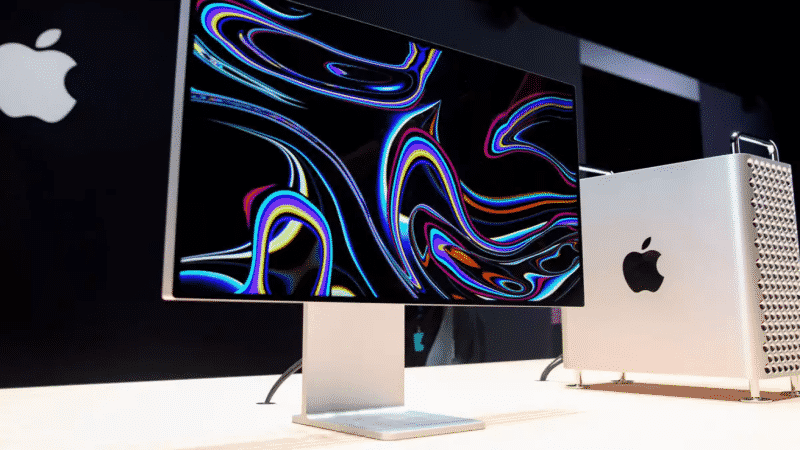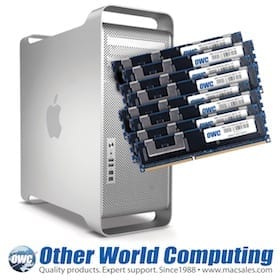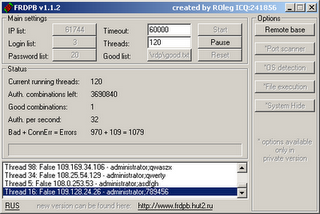Ram Doubler For Mac

NVRAM (nonvolatile random-access memory) is a small amount of memory that your Mac uses to store certain settings and access them quickly. PRAM (Parameter RAM) stores similar information, and the steps for resetting NVRAM and PRAM are the same.
Settings that can be stored in NVRAM include sound volume, display resolution, startup-disk selection, time zone, and recent kernel panic information. The settings stored in NVRAM depend on your Mac and the devices that you're using with your Mac.
Rating: 5/5 OWC Data Doubler Optical Bay Hard Drive/SSD Mounting November 26, 2017 I ordered this product along with an OWC Multi-Mount: 2.5' to 3.5' (x2) and 3.5' to 5.25' bracket and cable set to upgrade my 2011, 17' MacBook Pro and my 2012, MacPro. The quality of these products is exceptional and the online videos, make installation a cinche. The Mac 512K Blog chronicles the Macintosh 512K and my projects with it. We will test software, fix hardware, program it, hack it, and generally take the 512K Macintosh to its limits.
If you experience issues related to these settings or others, resetting NVRAM might help. For example, if your Mac starts up from a disk other than the one selected in Startup Disk preferences, or a question mark icon briefly appears before your Mac starts up, you might need to reset NVRAM.
How to reset NVRAM
Shut down your Mac, then turn it on and immediately press and hold these four keys together: Option, Command, P, and R. You can release the keys after about 20 seconds, during which your Mac might appear to restart.
- On Mac computers that play a startup sound, you can release the keys after the second startup sound.
- On Mac computers that have the Apple T2 Security Chip, you can release the keys after the Apple logo appears and disappears for the second time.
If your Mac is using a firmware password, this key combination does nothing or causes your Mac to start up from macOS Recovery. To reset NVRAM, first turn off the firmware password.
When your Mac finishes starting up, you might want to open System Preferences and adjust any settings that were reset, such as sound volume, display resolution, startup disk selection, or time zone.
Learn more
- If you're using a desktop Mac instead of a notebook, and settings such as sound volume or time zone are reset every time you shut down and unplug your Mac, you might need to replace the battery inside your Mac. This small battery is on your computer's logic board, and it helps NVRAM retain settings when your Mac is unplugged. You can take your Mac to an Apple service provider to replace the battery.
- If you experience issues with sleep, wake, power, charging your Mac notebook battery, or other power-related symptoms, you might need to reset the SMC (System Management Controller).
(Note: The original post said 'No', which was right at the time it was written, but as of February 15th, 2014, the OWC page says that you can install up to 16GB of RAM on mid 2010 MacBooks (2.4GHz).) It Depends.which apple computers support - which is usually more than Apple officially states.The mid-2010 MBP is size dependent. The 13' will support 16GB.
The 15' and the 17' will not.The following table shows that the max RAM supported by your Macbook Pro based off size (mid 2010) is 16GB (officially 8GB). Any mid-2010 MacBook Pro i5 or i7 is limited to a maximum of 8GB RAM. If you have a 2010 MacBook Pro Core2Duo (13'), then you are in luck and you can upgrade to 16GB RAM.The type of RAM needed is DDR3 PC3-8500 1066.I believe there is an EFI limitation in OS X Mountain Lion that will not allow the 2010 i5/i7 Macbook Pro's to be upgraded over 8GB RAM.
After doing some digging around, it sounds like the limitation has to do with the IntelHD graphics SW that is used by OS X.Some datapoints to note:.A 2010 i5/i7 MacBook Pro with 16GB RAM running MountainLion/Mavericks will kernel panic during normal boot.You will be able to boot into safe mode OK and it will show the 16GB RAM in System Information. Notice that the graphics card is listed as 'Nvidia.' In safe mode, as opposed to 'IntelHD.' .It is possible to limit Max RAM to 8GB using the command: sudo nvram '-v maxmem=8192'.

This would limit the usable RAM to a maximum of 8GB (official Apple Max); however this also will cause a kernel panic during normal boot when 16GB RAM is physically loaded. A maxmem=2048 will allow the system to boot normally with 16GB RAM loaded; however only 2GB RAM will be usable.If you load Ubuntu 12 onto the MacBook Pro (2010 i5 or i7) with 16GB RAM loaded, Ubuntu will boot OK and be able to see/address the 16GB RAM.If you load Windows 7 onto the MacBook Pro (2010 i5 or i7) with 16GB RAM loaded, Windows 7 will boot OK and be able to see/address the 16GB RAM.As far as I can tell, this appears to be an Apple SW limitation of some sort.
